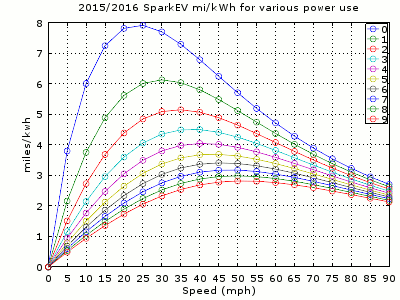MrDRMorgan
Well-known member
These numbers are being achieved in 65 - 70 deg. F weather with no special driving other than I drive in L and not D to get maximum regeneration. Yep, I drive with the traffic too. The trip to Oakland and back included driving over and back across two passes with about 5% grades. Again, this is being done in "perfect" weather with no winds. I have seen my range get hammered in strong head winds and/or cold (30-45 deg. F) temperatures. I do not think the charge rate has any impact on the range. I use L1, L2 and DCFC when it is available. On my trip to Oakland and back, I used DCFC three times - going, returning and at the end of my trip. The last DCFC station is about 10 miles from my home. I recharged to 100%, reset the trip meter and returned home on the freeway. The trip meter showed 7.3 mi/kWh when I arrived at my home. My freeway speed was 55-60 mph until I got to my off ramp and then I drove 1 mile to my home.NORTON said:MrDRMorgan said:...After an easy 8 amp L1 EVSE fully charge overnight, my 2014 Spark EV's guess-o-meter read 105 miles this morning. Then, I drove 12.2 miles around town in stop and go traffic and averaged 6.4 mi / kWh....
... Today, my wife and I took the 2015 Spark EV for a run and we drove to Oakland, CA and back for 132 miles round trip. Road speed was 60-70 mph most of the entire trip and I still achieved 5.7 mi/kWh for the entire trip.
These numbers are hard to believe. Are these 'round trips' to negate elevation change and wind?
How slow do you go? Do you stay with traffic or are you guys like those hyper-miling Prius drivers that no one loves?
In cold weather and at interstate speeds I can be in the low 3.x miles/kWh.
Do you guys believe your charge rate has any bearing on your driving results? 1kW, 1.4kW, 3.3kW or 48kW. I only use the two highest rates.
Maybe it's the quality of California electrons?!?
Perhaps, unlike Ponce De Leon, I have found the fountain of "super electrons" here in California.


